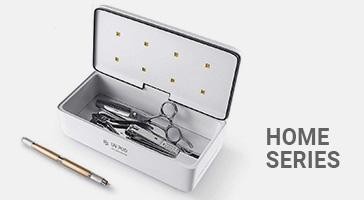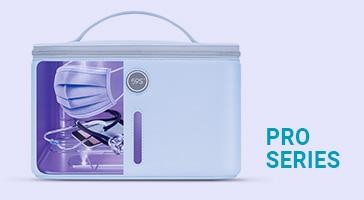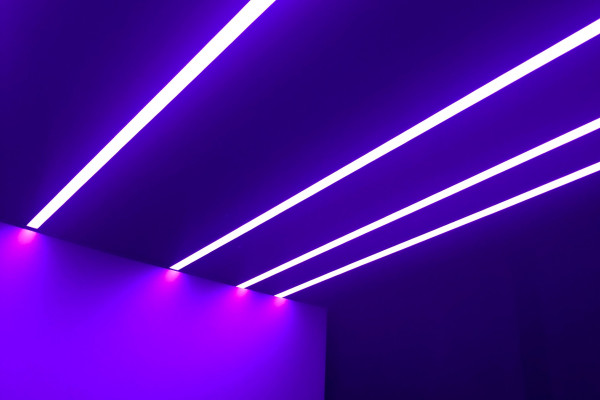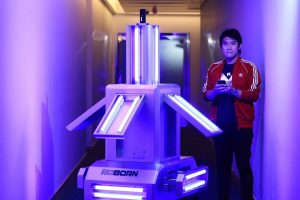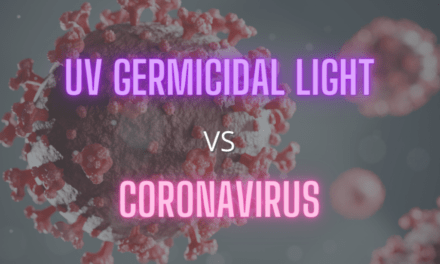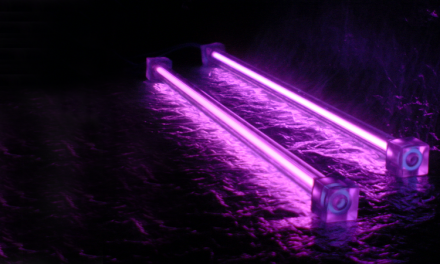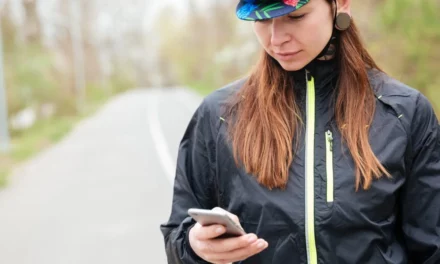CCOVID 19 NEWS: The use of ultraviolet light, UVC in particular, is gaining attention in the fight against coronavirus
High up near the ceiling, in the dining room of his Seattle-area restaurant, Musa Firat recently installed a “dead zone” — a place where swaths of invisible electromagnetic energy penetrate the air, ready to disarm the coronavirus and other dangerous pathogens that drift upward in tiny, airborne particles. Firat’s new system uses a century-old technology for fending off infectious diseases: Energetic waves of ultraviolet light. Also known as GUV, or germicidal UV. It is delivered in the correct dose to wipe out viruses, bacteria and other microorganisms. Research shows that germicidal UV can kill airborne microbes that transmit measles, tuberculosis and SARS-CoV-1, a close relative of the novel coronavirus. Now, there’s concern that the coronavirus that causes COVID-19 may be easily transmitted through microscopic floating particles known as aerosols. Researchers and physicians hope the technology can be used again to help clean a high-risk area. Firat said, “I thought it was a great idea, and I want my customers to be safe,” when asked about the restaurant’s use of Sarinet. To combat the spread of a highly infectious virus, the U.S. is using UV to decontaminate surfaces on public transit and in hospitals, as well as to disinfect N95 masks for reuse. But so far, using this technology to provide continuous air disinfection has remained outside of most mainstream, policy-setting conversations about the coronavirus. Scientists called on the World Health Organization to take the threat of infectious aerosols more seriously, arguing that the lack of clear recommendations on control measures against the airborne virus will have significant consequences.
Can UV-powered light kill the coronavirus?
There are several types of UV light, and they are classified according to how much energy they have.
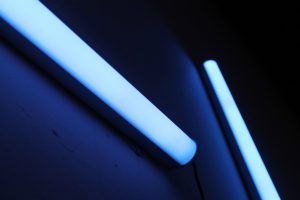
Types of UV light
- UVA light has the lowest amount of energy. When you’re out in the sun, you’re mainly being exposed to UVA light. Exposure to UVA has been linked to skin ageing and damage.
- UVB light is in the middle of the UV light spectrum. A small portion of sunlight contains UVB light. It’s what causes most skin cancers and sunburns.
- UVC light has the most energy. UVC light from the sun is primarily absorbed in the Earth’s ozone, so you’re generally not exposed to it on a daily basis. However, there are various human-made sources of UVC light.
UVC is the kind of UV light that is most efficient at eradicating germs. It can be utilized to disinfect liquids, the air, or surfaces. It gets rid of germs like bacteria and viruses by damaging their DNA properties like nucleic acids and proteins. This hinders the germ from going through the process it needs in order to survive.
What’s known about UVC light and the new coronavirus?
UVC can eradicate the new coronavirus, also known as SARS-CoV-2. Let’s take a look at what has been discovered about it so far.
UVC light to disinfect liquids
Recent research in the American Journal of Infection Control (AJIC) studied how UVC light was able to kill huge amounts of the SARS-CoV-2s in liquid samples. The study concluded that in 9 minutes, exposure to UVC inactivated the virus completely.
UVC to disinfect surfaces
Another research also published by AJIC, looked at utilizing a specific type of UVC to get rid of SARS-CoV-2 on the surfaces of a laboratory. The study concluded that the UVC cut down the live coronavirus by 99.7% in only 30 seconds. The type of UVC employed in this research is referred to as far-UVC light, which is UVC with wavelengths somewhere around 207 and 222 nm. Far-UVC can still cause damage to germs but is less of a hazard to human skin and eyes compared to other types of UVC.
UVC light to disinfect the air
One research published in the Scientific Reports journal delved into using far-UVC light to eradicate two variations of coronavirus in the air. These two viruses, called 229E and OC43, can cause the human common cold. After conducting research, the researchers found that far-UVC light could eradicate 99.9% of airborne pathogens in only 25 minutes. They believe that this finding could extend to other viruses as well.
How is UVC currently used to kill the new coronavirus?
UVC light is an attractive option for disinfection because it inactivates the new virus without the use of chemicals. The particular lamps designed for this use emit UVC light. Now, the use of UVC for sanitizing is limited chiefly in healthcare facilities to sanitize things like:
- every surface
- professional equipment
- operating rooms and operating tools
- PPE, or personal protective equipment, like N95 face masks
What are the downsides to UVC light?
It requires direct contact to function. It means that if a part of the item is in shadow or covered by dust, It will not be as efficient at eradicating germs that may be present. UVC light quickly eradicates SARS-CoV-2, but the FDA noted some additional factors for home use.
- We still don’t know the proper length, wavelength, and dosage of UVC to successfully terminating SARS-CoV-2.
- Exposure to some variation of UVC can cause skin damage or eye problems.
- The intensity of UV lamps sold for home use is often lower, which means it may not be as quick to kill germs.
- UVC lamps can possibly produce ozone or contain mercury, which is both harmful to humans.
- Extensive exposure to UVC can cause degradation to materials like polymers, plastics, or textile.
Far-UVC is definitely safer than other variations of UVC. Research has shown that it doesn’t appear to penetrate the outer layers of the skin or eye. But, more safety research are needed.
Myths regarding the use of temperature and UV light
You may know of the methods to terminate the new coronavirus with the use of UV technology or great temperatures. Let’s look closely at some widely known myths and the reasons why they could possibly be dangerous, as well as the most secured method known to prevent contracting COVID-19.
Exposure to the sun can guard you against COVID-19
Even though sunlight has UV light, it’s UVA and UVB mostly. These variations of UV are not as effective at terminating SARS-CoV-2. More so, extensive exposure can also cause sunburn, skin damage, or worse: skin cancer.
Using a UV lamp on your body can protect you from COVID-19
Avoid using any kind of UV lamp to sanitize any part of your body. UV light can cause harm to people. Exposure to it can cause your skin to have irritation, damage, or burns.
Soaking in a hot bath can avoid COVID-19
Soaking in a hot bath won’t stop you from getting COVID-19. As a matter of fact, the temperature of your body will remain the same while you’re in a hot bath. Also, soaking in an extremely hot bath can actually hurt you. It can cause burning or scalding.
The hot air that comes from a hand dryer can get rid of the virus on your hands
The warm air coming from a hand dryer will make your hands feel cleaner, it won’t terminate the virus on the surfaces of your hands. The most effective way to get rid of the virus is by thoroughly washing your hands using soap and water, or with an alcohol-based sanitizer.
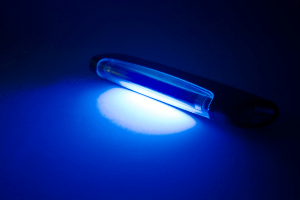
Fact: There are numerous safe ways to avoid contracting COVID-19
To avoid getting infected with COVID-19, follow these steps:
- Stay indoors as much as possible. If you cannot avoid going out, maintain social distancing (staying at least 6ft away from others), wear face coverings properly, and don’t go to gatherings.
- Frequently disinfect your hands by washing with water and soap or sanitize with an alcohol-based hand sanitiser. Don’t touch your face, especially around your nose, or near your mouth if you’re not sure whether your hands are clean.
- Disinfect surfaces in your home that you touch often, like appliance handles, doorknobs, and countertops.
- Don’t go near sick people. If you are sick, stay home.
The bottom line
UV light is the most efficient at terminating germs. It is effective against the new coronavirus that can cause COVID-19. Most of the study regarding this topic focus on far-UVC, which is a variation of it that kills germs but is not harmful to humans if used properly. UVC’s most common use is to disinfect in healthcare settings. Even if you can get a UVC lamp for home use, there are a some things to always remember. These lamps are usually lower in intensity. Also, the proper wavelength, length of exposure, and dose of UVC necessary to terminate any virus is yet to be determined.

